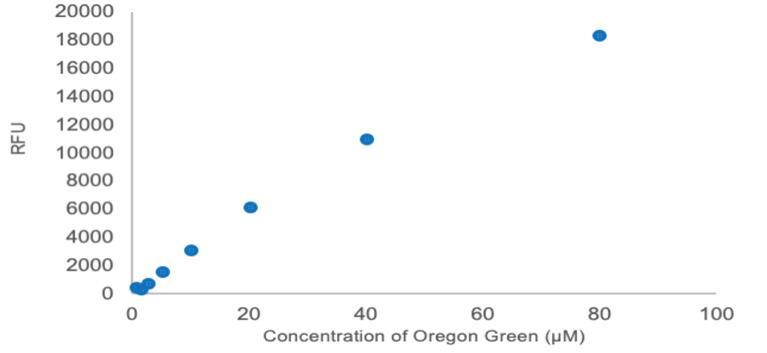
2 minute read
The Threshold Hypothesis: A Statistical Analysis
Mara McFadden
Faculty advisor Gayle T. Dow, PhD
Psychology Department at Christopher Newport University

Abstract
Theoretical associations between intelligence and creativity have been a focus of educational research for decades. Termed the “threshold hypothesis,” researchers have concluded that a minimum level of intelligence is required to yield creative products. However, conflicting research has concluded that while creativity and intelligence are positively correlated, this association dissipates once IQ exceeds 120. Perhaps this disagreement stems from the ability level of those studied and also the method of the creativity assessment. In the current study, over 100 gifted students completed an IQ test and two creativity tests assessing convergent and divergent thinking. Both linear and quadratic regressions were conducted between IQ and these two forms of creativity. While there were no linear or quadratic trends found between IQ and convergent thinking, a significant quadratic trend was demonstrated on IQ and divergent thinking. This trend was not present once IQ exceeded 120, thus supporting the threshold hypothesis and a truncated range. Implications and limitations will be discussed.
Introduction
Creativity and intelligence are typically broadly defined; intelligence is witnessed through the acquisition and application of knowledge and skills while creativity is presented by how that knowledge and skill are adapted in novel manners to a specific environment (Sternberg, 2000). Researchers have suggested the relationship between creativity and intelligence is non linear and perhaps is positively correlated but terminates once an individual reaches an IQ of around 120 (Welter, Jaarsveld, Leeuwen, & Lachmann, 2016). The purpose of the present research is to determine if this Threshold Hypothesis exists. This current study differs from previous research on the threshold hypothesis in two forms:
1. The study focused on gifted students
2. The study analyzed two different forms of creativity; divergent and convergent.
Purpose
The purpose of this study was to further investigate the relationships between intelligence and creativity in the population of gifted students by using both linear and quadratic regressions. Further, it aims to explore the Threshold Hypothesis, a topic that does not have one consensus amongst the psychology community.
Methods
Participants: 102 students enrolled in the Governor's School of the Gifted participated in this study.
Measures: Three measures; Remote Association Test (RAT) (convergent) creativity test, Fluency (divergent) creativity test, and IQ test. Procedure: Participants provided informed consent and engaged in a variety of activities and tests to measure different forms of creativity and intelligence.
Results
RAT and IQ were not linearly related R2 =.018, F(1,101)=1.854, p=.176 and there was no quadratic trend R2=.042, F(2,100) = 2.167, p=.120. There was a quadratic trend between Fluency and IQ R2 =.062, F(2,100)= 3.29, p=.041.

Conclusion/Future Studies
The results demonstrate that there is a significant relationship between divergent creativity, as measured by the fluency test, and intelligence, as measured by IQ. In line with the Threshold Hypothesis, we found that beyond an IQ of 120, there was no significant relationship between intelligence and divergent creativity. Thus high rates of creativity are not restricted to high IQ individuals. This study’s results did not reveal a relationship between convergent creativity, measured by the RAT, and intelligence.
Based on the results from this study, future studies are warranted to investigate the effectiveness of different measures of creativity (e.g., problem solving). Furthermore a more diverse array of participants (e.g. beyond just gifted students) will aid in generalizing to multiple fields in education to ensure that creativity production and talent identification is not restricted to only those who qualify for gifted education.
Sources
Sternberg, R., & O'Hara, L. (2000). Intelligence and Creativity. In R. Sternberg (Ed.), Handbook of Intelligence (pp. 611-630). Cambridge: Cambridge University Press. doi:10.1017/CBO9780511807947.028
Welter, M., Jaarsveld S., van Leeuwen C., & Lachmann T. (2016). Intelligence and Creativity: Over the Threshold Together? Creativity Research Journal, 28(2), 212-218, doi 10.1080/10400419.2016.1162564 Guilford, J. P. (1967). The nature of human intelligence. New York: McGraw-Hill.
Jauk E., Benedek, M., Dunst, B., & Neubauer, A. C. (2013). The relationship between intelligence and creativity: New support for the threshold hypothesis by means of empirical breakpoint detection. Intelligence Journal, 41, 212-221. doi 10.1016/J.INTELL.2013.03.003








